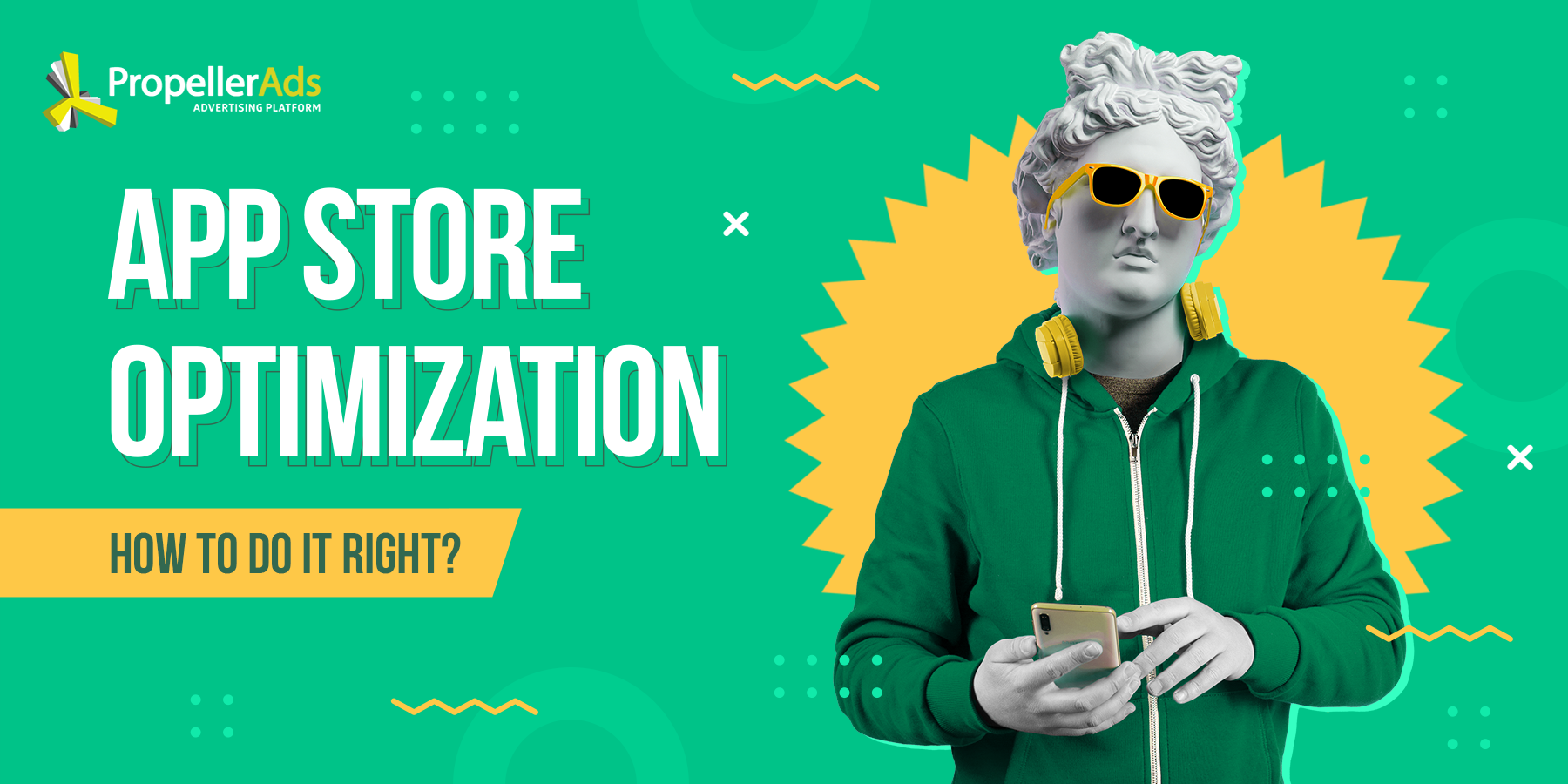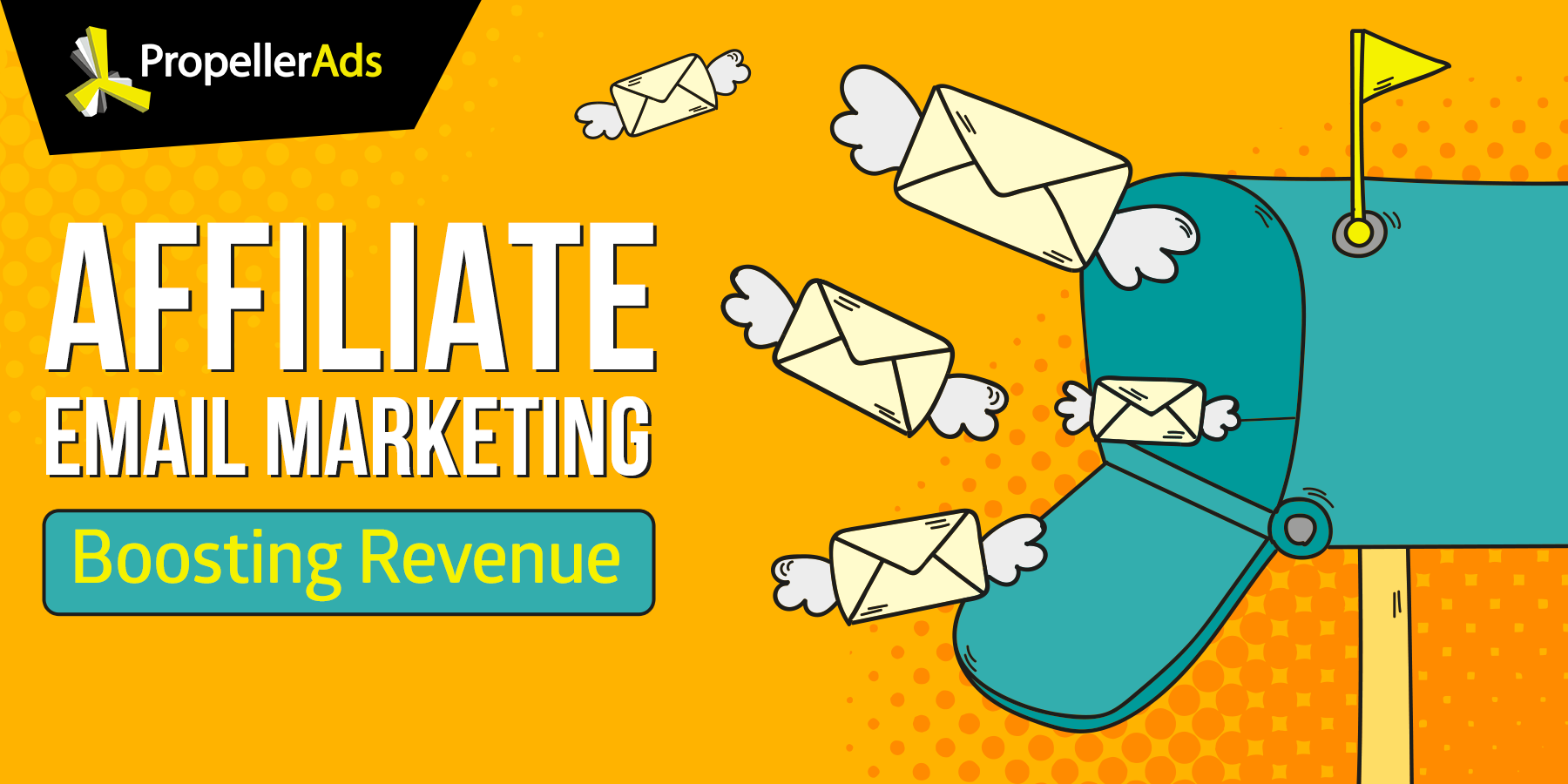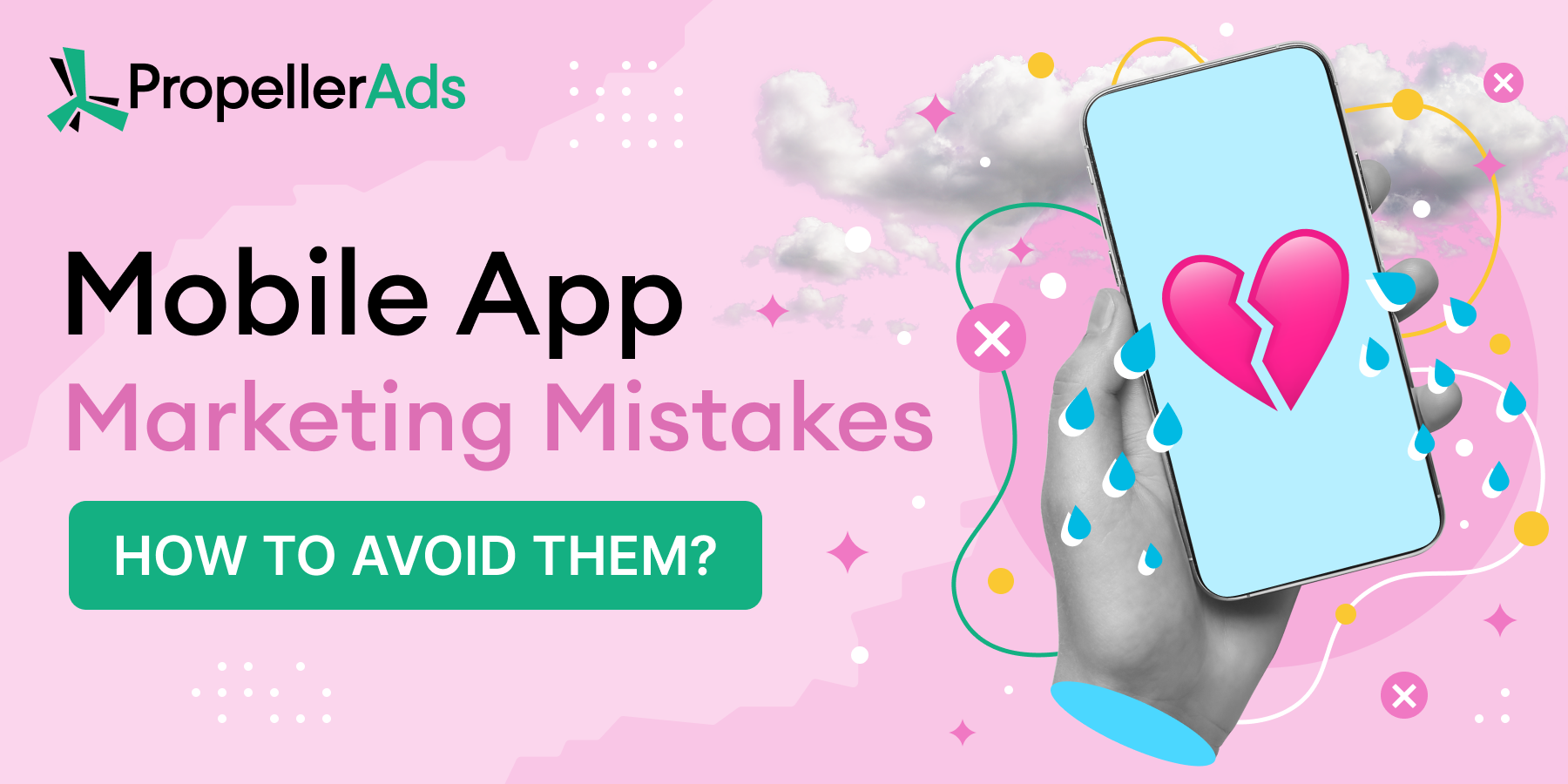16 Top User Acquisition Strategies for Apps
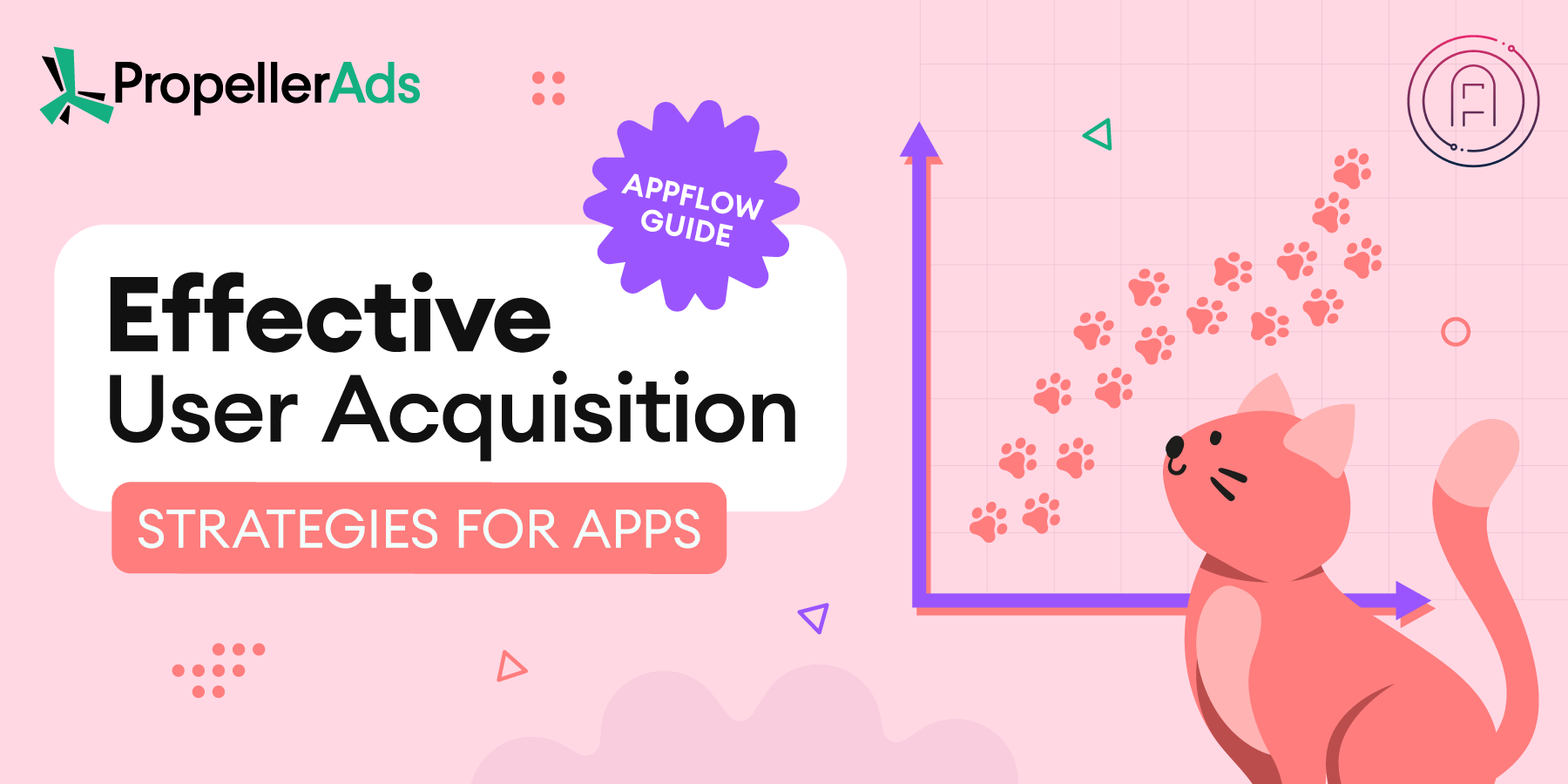
This post is also available in:
PT
ES
In the competitive world of mobile apps, acquiring new users is a crucial goal for app developers and marketers. The success of an app heavily relies on the number of active users it attracts.
To achieve this, implementing effective user acquisition strategies becomes essential. In this article, we will explore 16 top app user acquisition strategies that can help you increase your user base and drive app success.
This post was prepared by our friends at Appflow.ai - a one-stop solution to subscription apps, from revenue monitoring, data analysis to growth experiments.
What is the User Acquisition Strategy for Apps?
User acquisition strategy for apps refers to a systematic approach employed by developers, marketers, and app user acquisition managers to attract new users to their mobile applications.
It encompasses a range of techniques, channels, and tactics aimed at increasing app visibility, attracting quality users, and optimizing conversion rates.
A well-crafted user acquisition strategy not only drives app downloads but also fosters long-term user engagement and retention.

16 Top User Acquisition Strategies for Apps
#1. App Store Optimization (ASO)
App Store Optimization is the process of optimizing your app’s metadata, including its title, keywords, description, and screenshots, to improve its visibility in app stores and increase organic traffic.
By strategically incorporating relevant keywords and captivating visuals, you can enhance your app’s search rankings and attract potential users.
Example: The popular meditation app "Calm" effectively utilizes ASO techniques by incorporating keywords like "meditation," "sleep," and "relaxation" in their app title and description, ensuring that their target audience can easily discover their app when searching for related terms.
#2. App Store Featured Listings
Getting your app featured in app store listings can significantly boost its visibility and credibility. App stores often curate lists of top apps based on various categories, themes, or special events. Aim to create an app that stands out and meets the criteria for being featured.
Example: The photo editing app "Snapseed" gained significant exposure and downloads when it was featured as one of the top apps for photography and creativity in both the Apple App Store and Google Play Store.
#3. App Review Sites
Submitting your app to reputable app review sites can increase its exposure, credibility, and attract potential users.
These sites provide detailed reviews, ratings, and recommendations, helping users discover new apps that align with their interests.
Example: The productivity app "Todoist" received positive reviews from prominent tech review websites, highlighting its user-friendly interface, powerful features, and seamless integration across devices.
These favorable reviews attracted users looking for effective task management solutions.
#4. App Store Video Trailers
Create engaging video trailers that showcase your app’s features, benefits, and user experience. Video trailers can capture users’ attention and convince them to download your app.
Example: The gaming app Clash Royale uses visually appealing and action-packed video trailers to entice potential users.
#5. Localization
Adapting your app to different languages and regions can open up new markets and attract a diverse user base. Consider translating your app’s interface, content, and marketing materials to cater to specific cultural nuances and preferences.
Example: The dating app "Tinder" successfully expanded its global reach by localizing its app in various languages and tailoring its features to suit different dating cultures.
This localization effort allowed them to connect with users worldwide and fostered significant growth.
#6. Content Marketing
Creating valuable and informative content related to your app’s niche can attract organic traffic and establish your brand as an authority in the field.
Publish blog articles, videos, or podcasts that resonate with your target audience, providing them with insights, tips, and relevant information.
Example: Language-learning app "Duolingo" produces engaging blog articles on language-learning techniques, cultural tidbits, and success stories.
By providing valuable content, they not only attract potential users but also position themselves as experts in the language-learning space.
#7. Guest Blogging
Contributing guest posts on popular blogs or websites within your app’s industry allows you to reach a wider audience and drive traffic back to your app.
By providing valuable insights and showcasing your expertise, you can attract potential users who are interested in your app’s niche.
Example: Project management app "Trello" publishes guest blog posts on productivity and organization websites, sharing tips and tricks for effective project management.
These articles include references to Trello’s features, driving interested readers to explore the app further.
#8. Referral Programs
Implementing a referral system incentivizes existing users to invite their friends to join the app, benefiting both the referrer and the referee.
Rewards can range from in-app credits to exclusive features, or discounts, fostering rapid user acquisition and encouraging user engagement.
Example: Ride-hailing app "Uber" offers referral bonuses to both the referrer and the referee when new users sign up using a referral code.
This strategy has proven highly successful in expanding its user base by leveraging the power of word-of-mouth marketing.
#9. App Demo Events
Organize events or webinars to demonstrate your app’s features and benefits to potential users. This allows users to interact with your app in real time and understand its value.
Example: The personal finance app Mint hosts webinars on budgeting and financial planning to showcase the app's capabilities.
#10. Email Marketing
Utilize email marketing campaigns to nurture relationships with your existing users and encourage them to invite others to join your app.
Offer personalized recommendations, exclusive deals, or updates on new features to keep users engaged and excited about your app.
Example: E-commerce app "Amazon" sends personalized product recommendations and exclusive offers to their registered users via email. These targeted emails encourage users to revisit the app, make purchases, and share the app with friends and family.
#11. Community Engagement
Actively engaging with your target audience on social media, forums, and communities relevant to your app’s niche is crucial for building relationships and fostering brand loyalty.
Respond to user comments, address queries, and encourage discussions to create a sense of community around your app.
Example: Language-learning app "Babbel" maintains an active presence on language-learning forums and social media groups, offering language tips, answering learner questions, and sharing success stories.
This engagement helps them establish a loyal user community and attract new users seeking language-learning support.
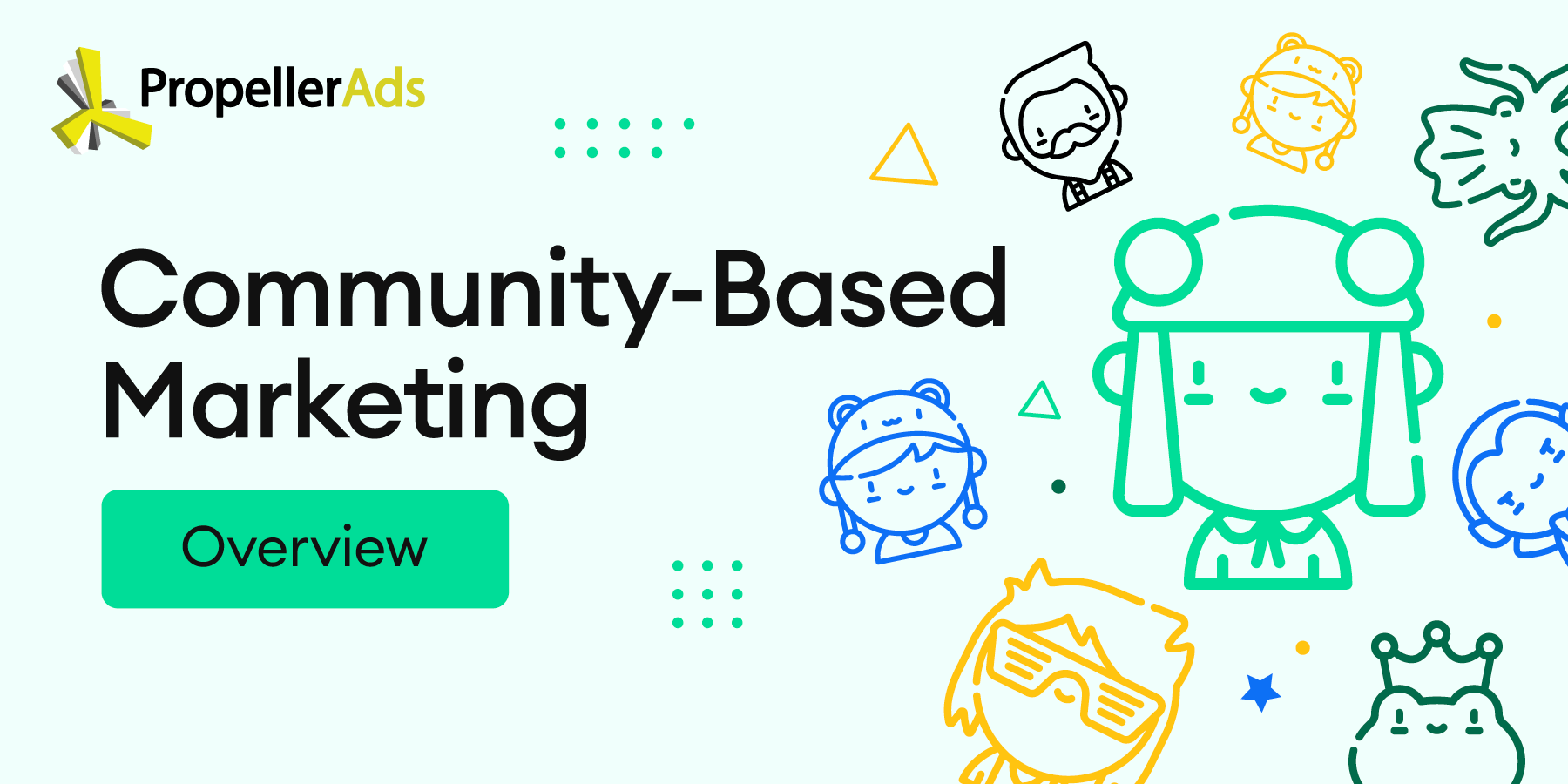
#12. Influencer Marketing
Collaborating with influential individuals or industry experts can significantly boost your app’s visibility and credibility.
Through sponsored content, reviews, or endorsements, influencers can promote your app to their dedicated followers, generating buzz and driving downloads.
Example: Fitness app "Nike Training Club" partnered with renowned fitness influencers to create engaging workout videos featuring their app.
These influencers shared the videos on their social media platforms, showcasing the app’s features and encouraging their followers to try it out.
#13. App Partnerships or bundling
Collaborating with complementary apps or businesses can help you reach a wider audience.
By cross-promoting each other’s apps or offering joint discounts or exclusive offers, you can tap into existing user bases and attract new users interested in related services.
Example: Fitness app "Strava" partnered with sportswear brands to offer exclusive discounts to their app users. This collaboration not only incentivized existing users but also introduced new users to the app through the brand's customer base.
#14. Social Media Advertising
Leveraging the vast user base of social media platforms is an effective way to reach a wide audience. Craft compelling ad campaigns on platforms like Facebook, Instagram, Twitter, or LinkedIn, targeting specific demographics and interests.
Engage users with visually appealing creatives and persuasive copy to entice them to download your app.
Example: The food delivery app "Uber Eats" utilizes social media advertising to showcase enticing food images and exclusive discounts, targeting users who are interested in food delivery services.
These ads appear on users’ social media feeds, capturing their attention and driving them to install the app.
#15. Paid Search Advertising
Run targeted search ads on platforms like Google Ads to appear at the top of search results when users search for relevant keywords. This can increase visibility and drive app downloads.
Example: The language learning app Babbel uses paid search ads to appear prominently when users search for language learning apps or specific languages.
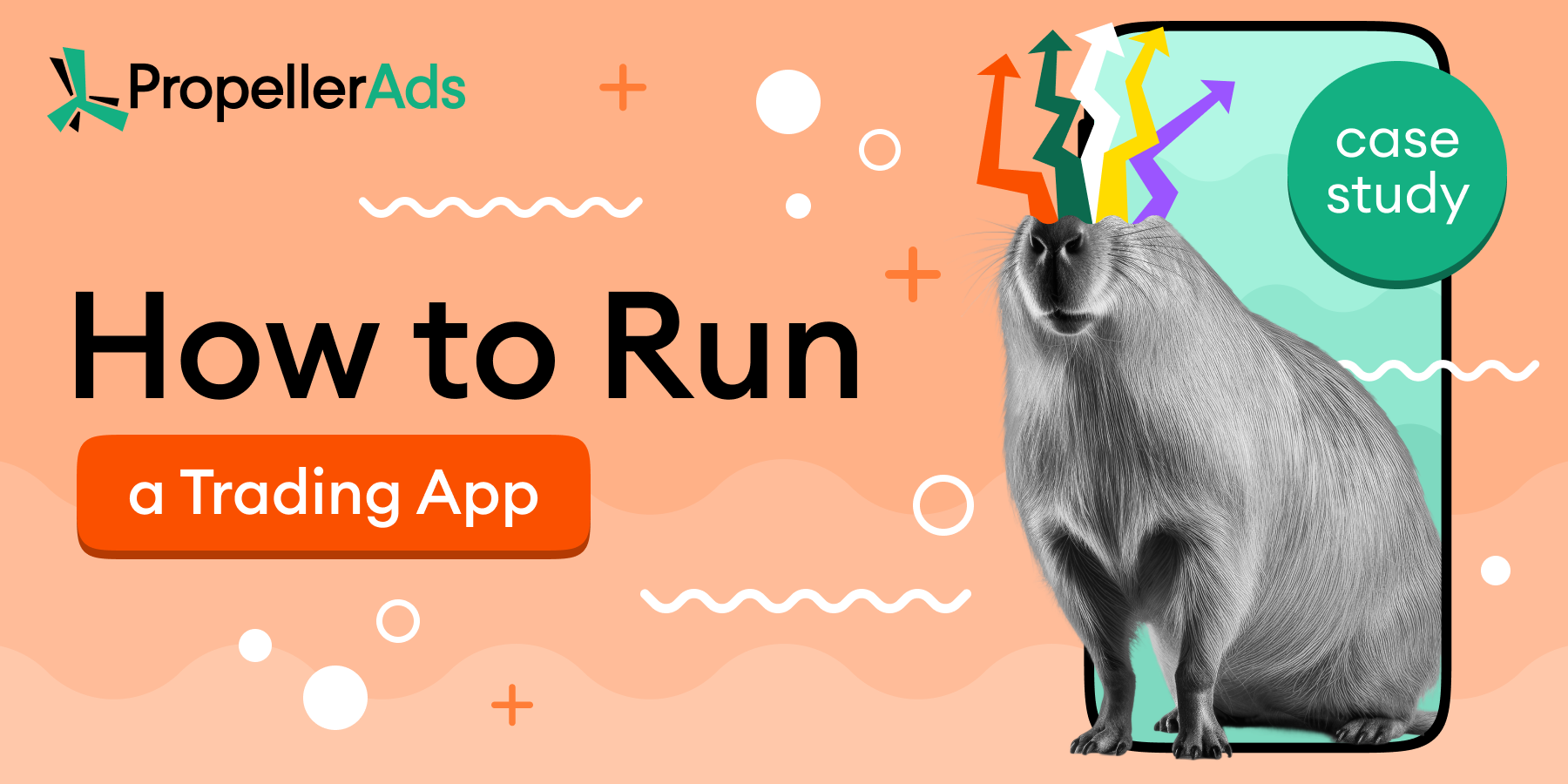
#16. Offline Marketing
Utilize traditional marketing channels like billboards, print ads, radio, or TV to promote your app. This can help reach users who might not be actively searching for apps but may be interested in your niche.
Example: The food delivery app DoorDash launched a TV advertising campaign to raise awareness and drive app downloads.
Metrics to Measure the Success of App User Acquisition Strategies
To enhance your app’s user base, it is crucial to gauge the efficiency of various user acquisition tactics and adjust your approach accordingly.
Here are 8 fundamental metrics that aid in evaluating the effectiveness of your strategies, providing valuable insights for data-backed decision-making and future enhancements.
- Organic Traffic
Organic Traffic represents the number of users who discover and install your app without any paid advertising or promotion.
Tracking organic traffic allows you to assess the effectiveness of your app’s visibility, brand reputation, and word-of-mouth marketing.
- Cost per Install (CPI):
Cost per Install measures the average amount spent on acquiring a single app installation.
This metric helps you understand the efficiency of your user acquisition campaigns and compare the cost-effectiveness across different channels or campaigns.
- Conversion Rate
Conversion Rate tracks the percentage of users who complete a desired action, such as installing the app, signing up, or making a purchase.
It provides insights into the effectiveness of your app’s landing page, user experience, and overall conversion funnel.
- Retention Rate
Retention Rate measures the percentage of users who continue using your app over a specific period. It indicates how well your user acquisition strategies are attracting quality users who find value in your app and are likely to remain engaged.
- Lifetime Value (LTV)
Lifetime Value calculates the projected revenue generated by an average user throughout their entire lifespan as an app user.
It helps you understand the long-term value of acquiring each user and enables you to allocate resources effectively to maximize profitability.
- Return on Ad Spend (ROAS)
Return on Ad Spend evaluates the revenue generated from your advertising campaigns compared to the amount spent on those campaigns.
It enables you to assess the profitability and efficiency of your marketing efforts, providing insights into the channels and campaigns that yield the highest returns.
- Average Revenue per User (ARPU)
Average Revenue per User measures the average amount of revenue generated by each user.
By analyzing this metric, you can identify opportunities to increase monetization strategies, such as in-app purchases or subscriptions, and optimize your revenue generation.
- Churn Rate:
Churn Rate calculates the percentage of users who stop using your app over a specific period.
It helps you understand user attrition and identify areas for improvement in user experience, engagement, or value proposition to reduce churn and retain more users.
Use Appflow.ai to Measure Subscriber Acquisition Efforts
Appflow.ai is a comprehensive analytics platform for subscription apps that provides in-depth insights into user behavior, conversion rates, subscription-related metrics, and more.
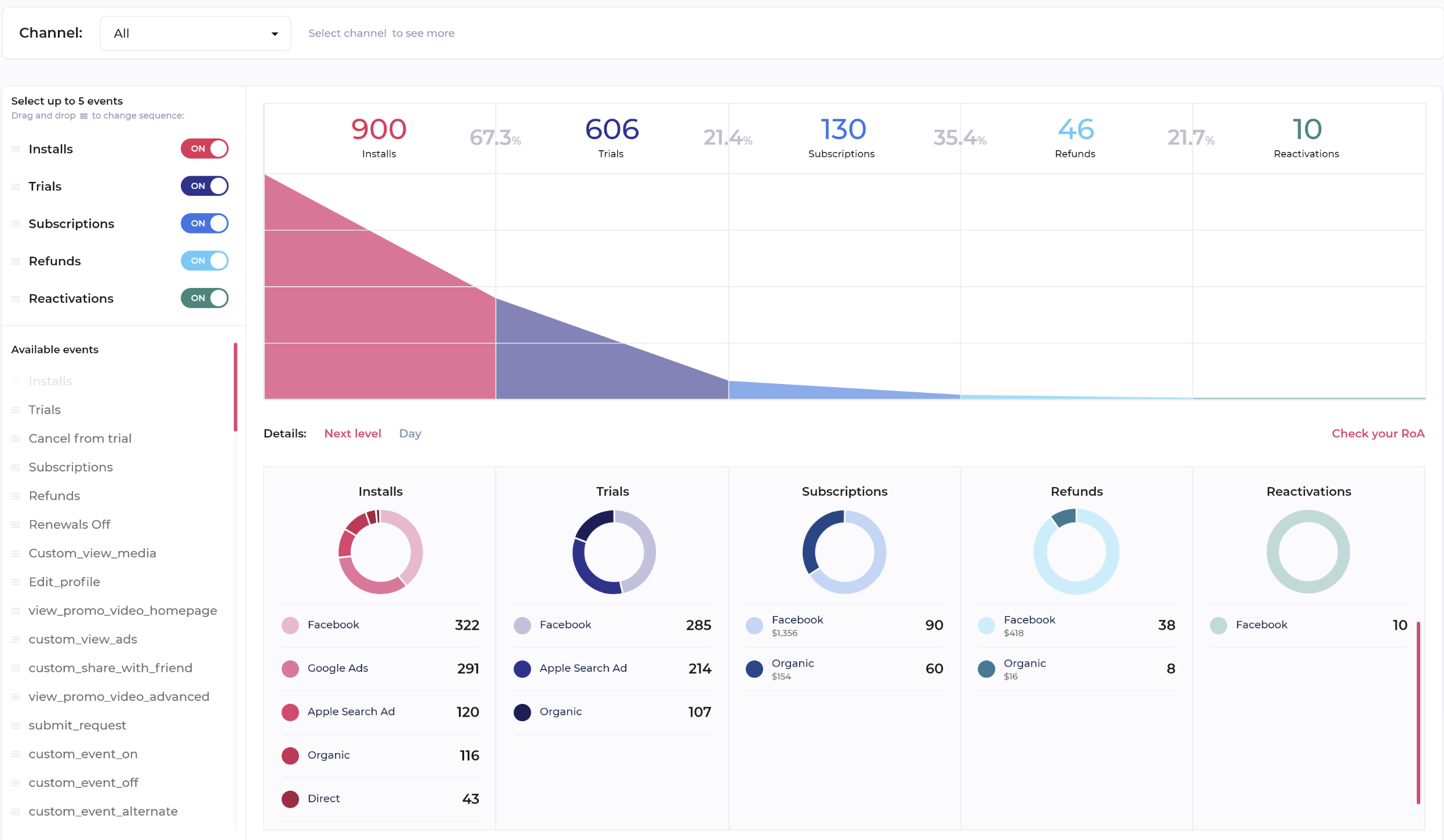
With its real-time data and intuitive reporting features, Appflow.ai enables you to make data-driven decisions and maximize the success of your user acquisition campaigns.
Conclusion
User acquisition is a critical aspect of app success, and implementing the right strategies can help you attract more users and grow your mobile application.
By optimizing your app store presence, leveraging social media and influencers, creating valuable content, and implementing referral programs, you can increase your app’s visibility and drive more installations.
Additionally, tracking metrics such as cost per install, retention rate, and conversion rate will enable you to evaluate the success of your user acquisition efforts.
With the assistance of tools like Appflow.ai, you can measure and optimize your strategies to achieve sustained growth and profitability for your app.
